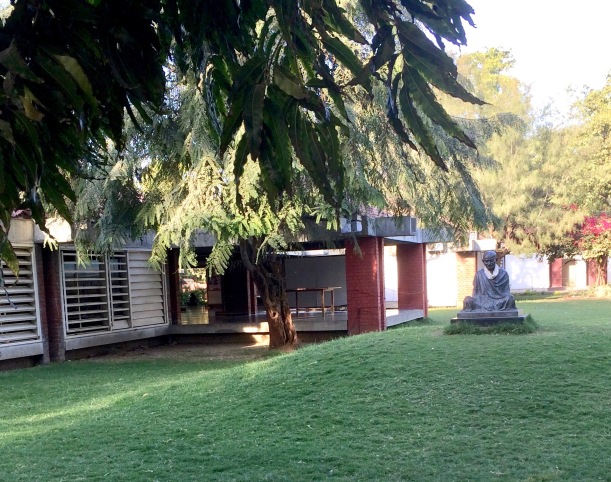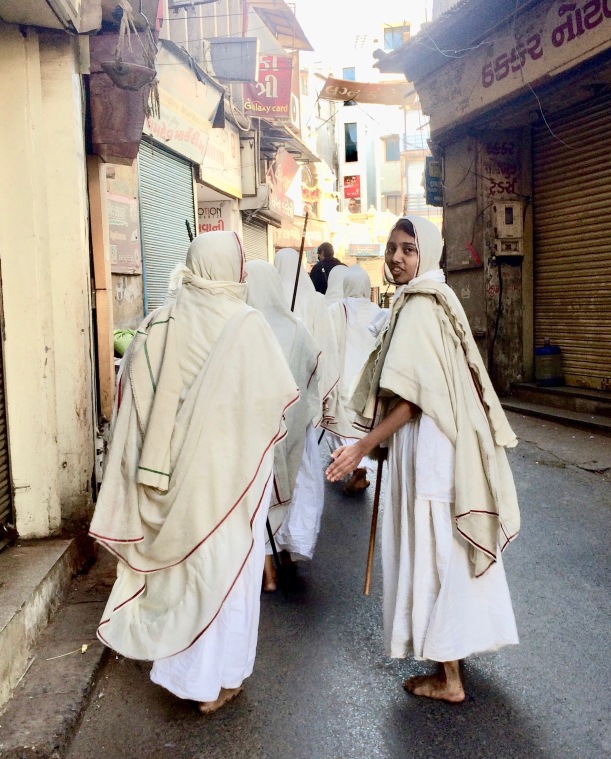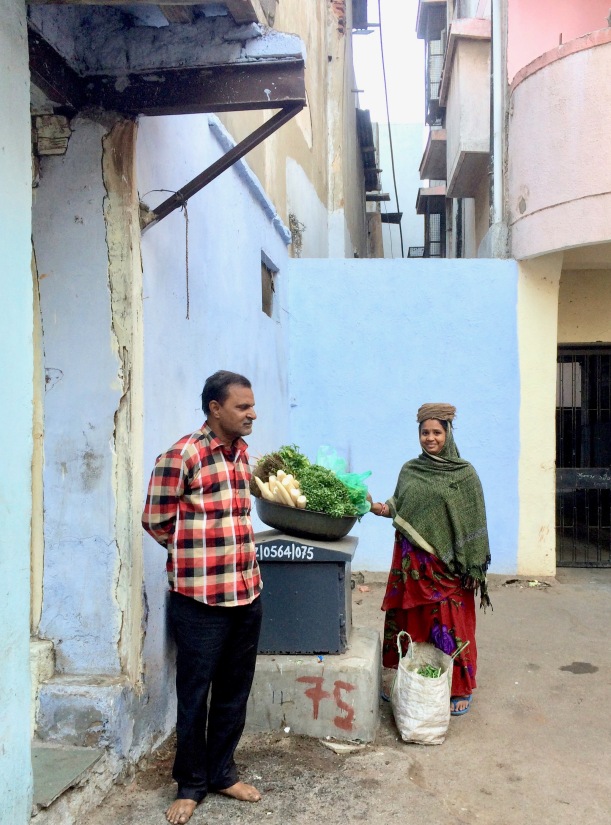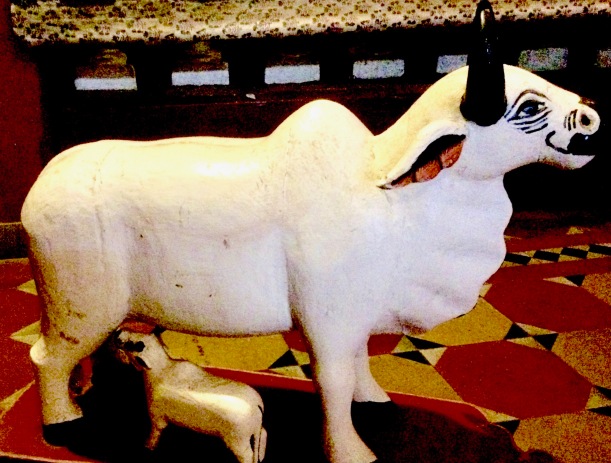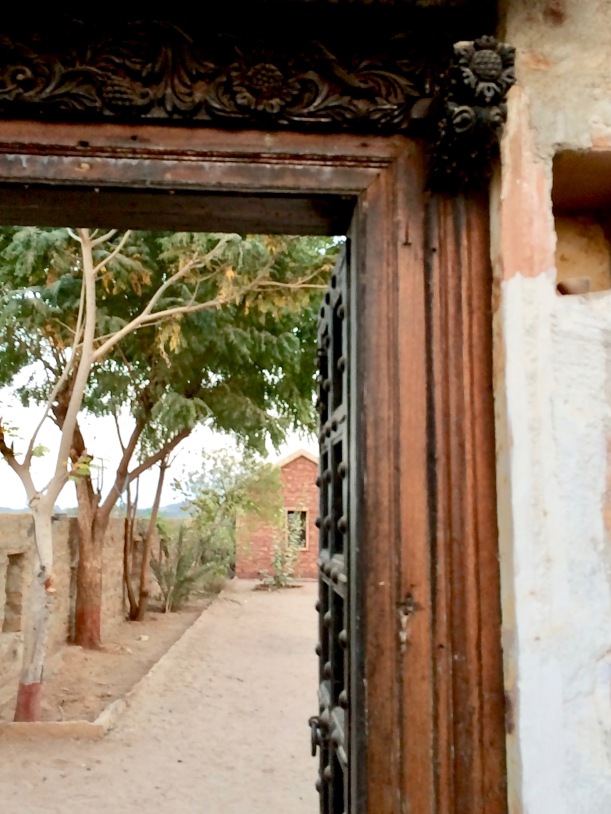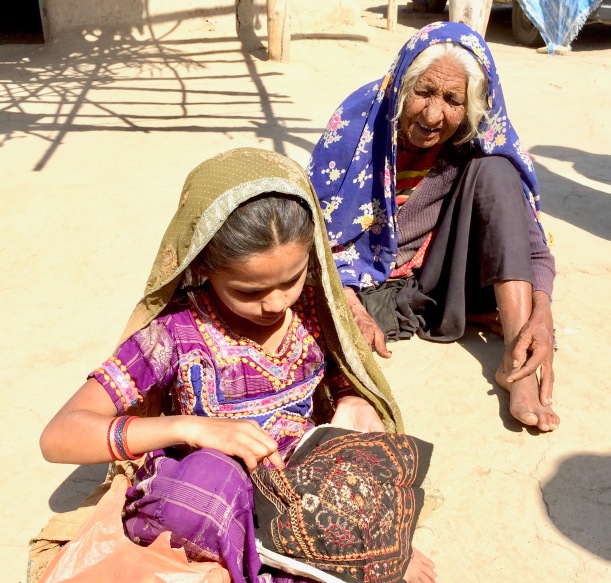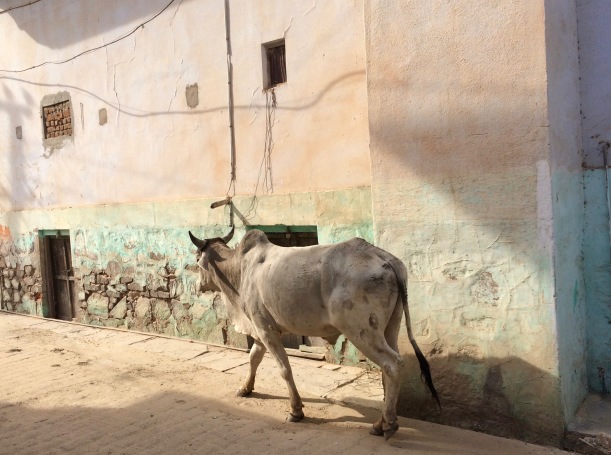
That big fashion “thing”, zhuzhing a scarf with panache, has never been my forte. But having the right touch adjusting a scarf is nothing compared to the artistry of turban tying, a practice executed with ease routinely by millions of Indian men.

Some of the turban styles found in Gujarat.
Made from the simplest cottons to the richest brocaded and bejewelled silks, from plain colours to the most dazzling of patterns and hues, turbans can be of religious significance, or reflect identity, origin, status, or culture. Different regions have their own style. In Rajasthan they feature a little peak at the front and a long “tail” at the back. A sheep-herder’s headwear obviously differs markedly from that of a mararajah. Turban colours can signify a purpose: saffron, the colour of bravery, might be worn at a rally; pink signifies spring; navy blue war and service. For the Sikhs the turban has religious significance. While turbans are worn almost exclusively by men, Sikh women can wear them too. 
The Royal Palace in Gondal opens a window into the splendour of earlier regal times with fascinating collections including a sumptuous display of turbans from across India’s many former territorial regions. Of particular interest is a replica of the luxuriant headwear of the builder of the magnificent Taj Mahal, renowned Mogul Emperor Shah Jehan, who reigned from 1627 to 1658. As befits such an exalted figure the richly brocaded piece drips with pearls and precious stones.
On our travels through Gujarat we were fortunate to have the cultural services of the delightful Durga Singh-ji, a Thakur, or nobleman in his native Rajasthan. He lamented the gradual loss of the art of turban tying in modern-day India but showed us that he had lost none of his expertise, masterfully twisting and twirling some seven meters of sunny orange and yellow patterned fabric into the top-knot and tailed Rajasthan style. Durga-ji explained that in earlier times some nine metres of fabric would be used, usually beautiful quality cotton, georgette or silk. In the past, for the everyday turban-wearer, the elaborate headpiece was almost like a best friend: it protected from the sun and wind; if the wearer was lost his colourful headpiece made him easy to spot; it could be rolled up into a pillow at night; or could be used as a fly or mosquito net; a flick over the face would render the wearer incognito; all that fabric was a perfect rope to pull water from a well in dry times; for those wounded in battle it was a bandage; and in a fight it protected like a helmet.
Three cheers for the turban!











